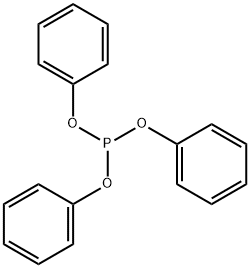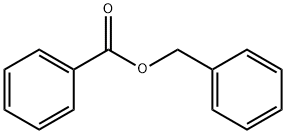Benzonatate , 98% , 104-31-4
CAS NO.:104-31-4
Empirical Formula: C30H53NO11
Molecular Weight: 603.74
MDL number: MFCD00072060
EINECS: 203-194-7
| Pack Size | Price | Stock | Quantity |
| 5mg | RMB1773.60 | In Stock |
|
| 10mg | RMB2853.60 | In Stock |
|
| 25mg | RMB5805.60 | In Stock |
|
| 50mg | RMB8973.60 | In Stock |
|
| 100mg | RMB13460.80 | In Stock |
|
| 200mg | RMB20191.20 | In Stock |
|
| others | Enquire |
PRODUCT Properties
| Boiling point: | 649.0±55.0 °C(Predicted) |
| Density | 1.096±0.06 g/cm3(Predicted) |
| storage temp. | Refrigerator, under inert atmosphere |
| solubility | Chloroform (Slightly), Methanol (Slightly) |
| pka | 2.20±0.39(Predicted) |
| form | Oil |
| color | Light Yellow to Light Brown |
| BCS Class | 3? |
| CAS DataBase Reference | 104-31-4(CAS DataBase Reference) |
Description and Uses
Benzonatate is a reversible voltage-gated sodium channel blocker. It blocks Nav1.7 currents in a concentration- and voltage-dependent manner (IC50s = 5.9 and 1.4 μM at holding potentials of -100 and -70 mV, respectively) and inhibits action potential firing in catecholamine A differentiated (CAD) cells. Benzonatate also blocks 80% of Nav1.3 currents in N1E-115 cells when used at a concentration of 100 μM. In vivo, benzonatate (0.85 mg/min) reduces the frequency, but has no effect on the amplitude, of the cough reflex in anesthetized dogs. Formulations containing benzonatate have been used as antitussive agents for the treatment of coughs.
Antitussive
Safety
| Symbol(GHS) |  GHS07 |
| Signal word | Warning |
| Hazard statements | H302-H319-H335-H315 |
| Precautionary statements | P264-P280-P305+P351+P338-P337+P313P-P264-P270-P301+P312-P330-P501-P264-P280-P302+P352-P321-P332+P313-P362 |
| Hazardous Substances Data | 104-31-4(Hazardous Substances Data) |
| Toxicity | LD50 oral in mouse: 400mg/kg |




